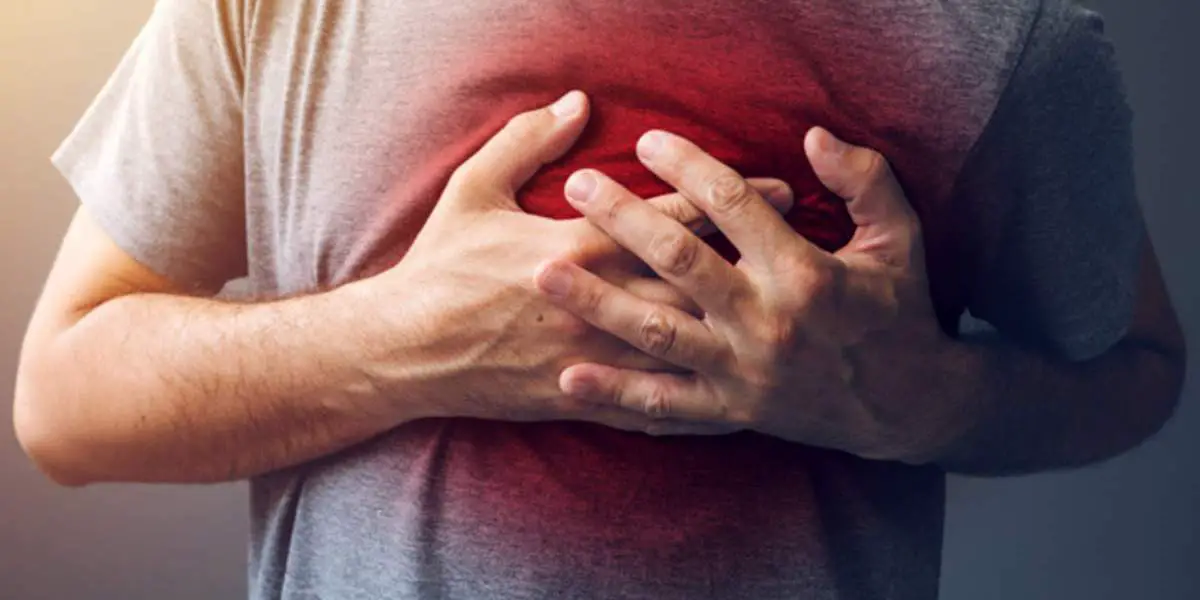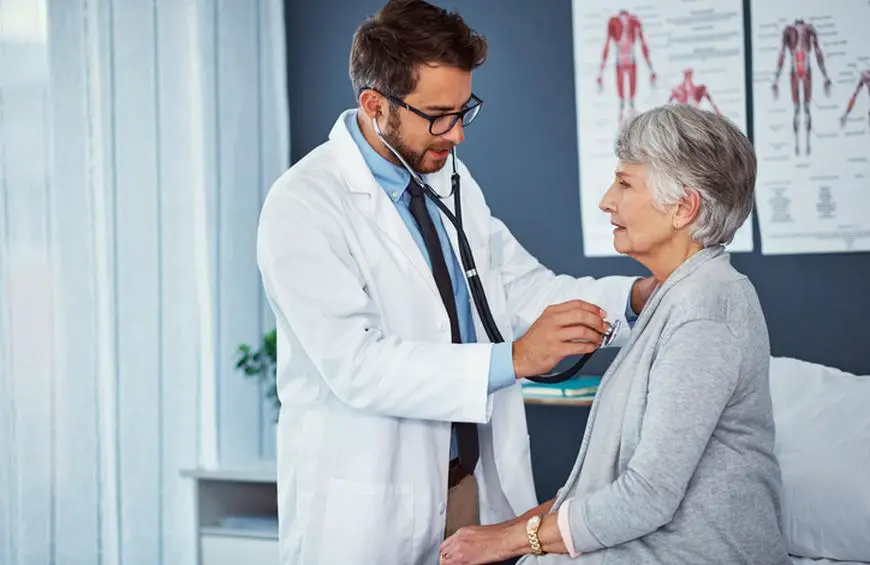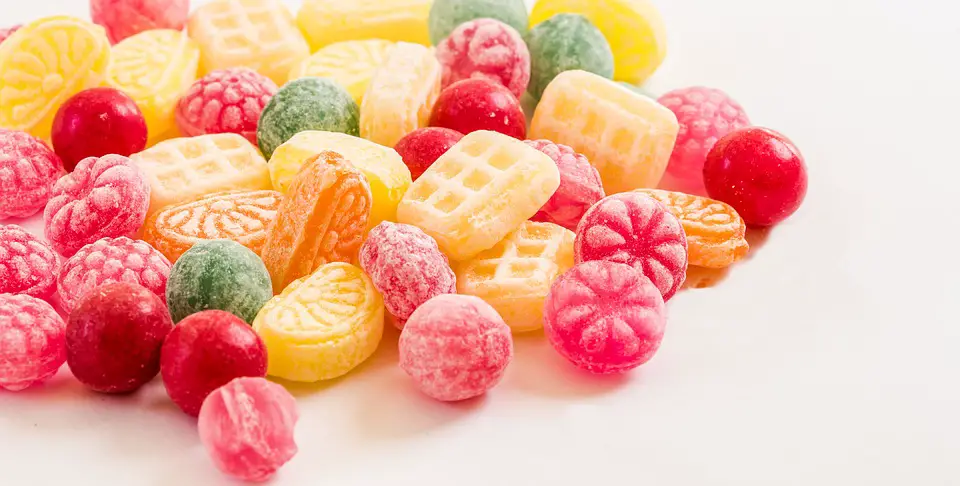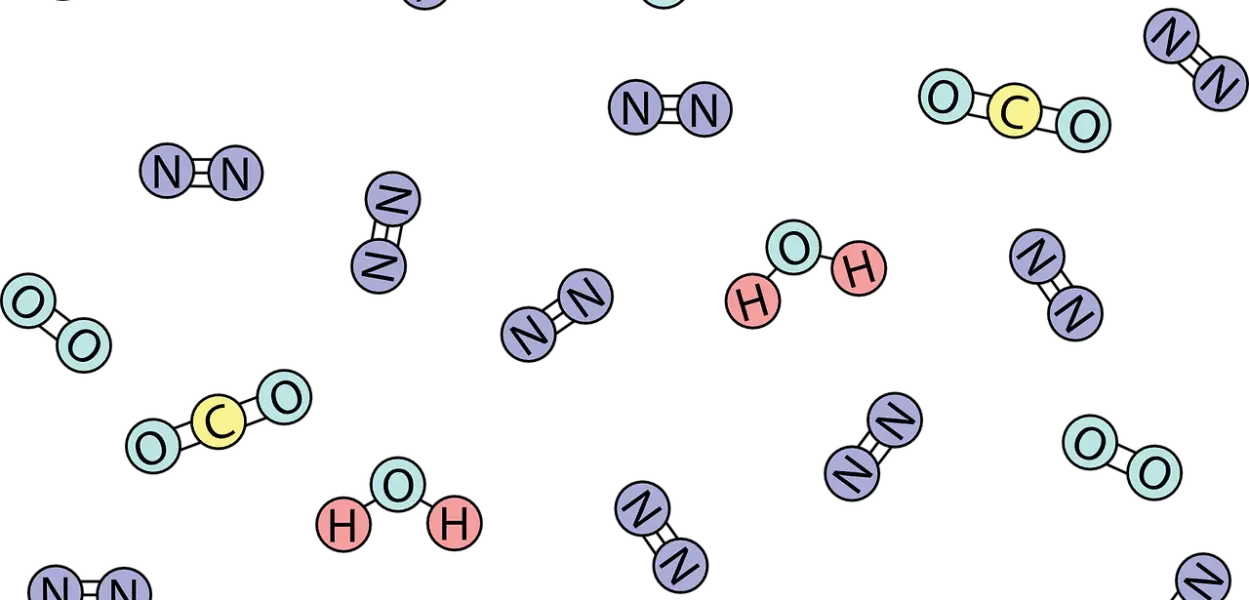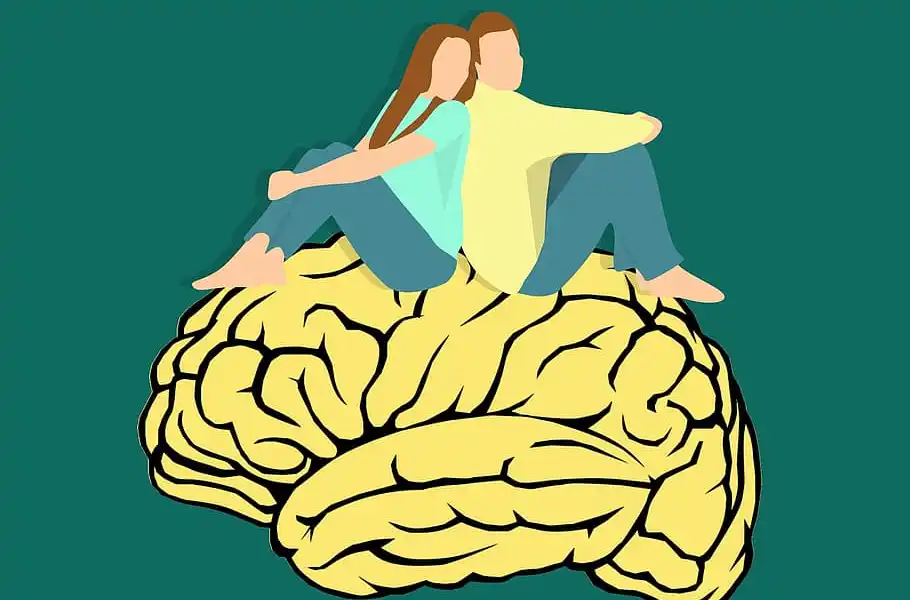From sour, sweet, and savory, cheese is a delicacy that connects people of all ages. It’s in hamburgers, pizza, salads, spaghetti, and desserts. Many of the world’s most popular dishes contain cheese, a food item that has been around humans for a long time. In this article, you will learn the incredible science that makes cheese possible. Although the exact origins of cheese are unknown, it is thought that cheese originated when humans first began domesticating milk-producing animals like cows and goats. In fact, there is a legend that the first person to discover cheese was a merchant who found his milk curdled inside his container made of a sheep’s stomach. To his surprise, the curdled milk had a unique flavor that quenched his hunger. Cheesemaking is also shown in the artwork of a number of ancient civilizations including the Roman Empire and Ancient Egypt. However, the cheeses that are popular today were not made until cheesemaking became widespread across European countries around 500 years ago and then came to America when Pilgrims brought cheesemaking techniques with them. Since then, the cheese industry boomed in America and as of 2017, Americans consumed an average of 37 pounds of cheese every year per person!




